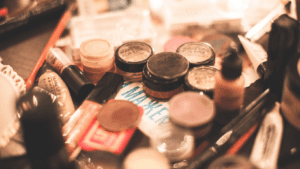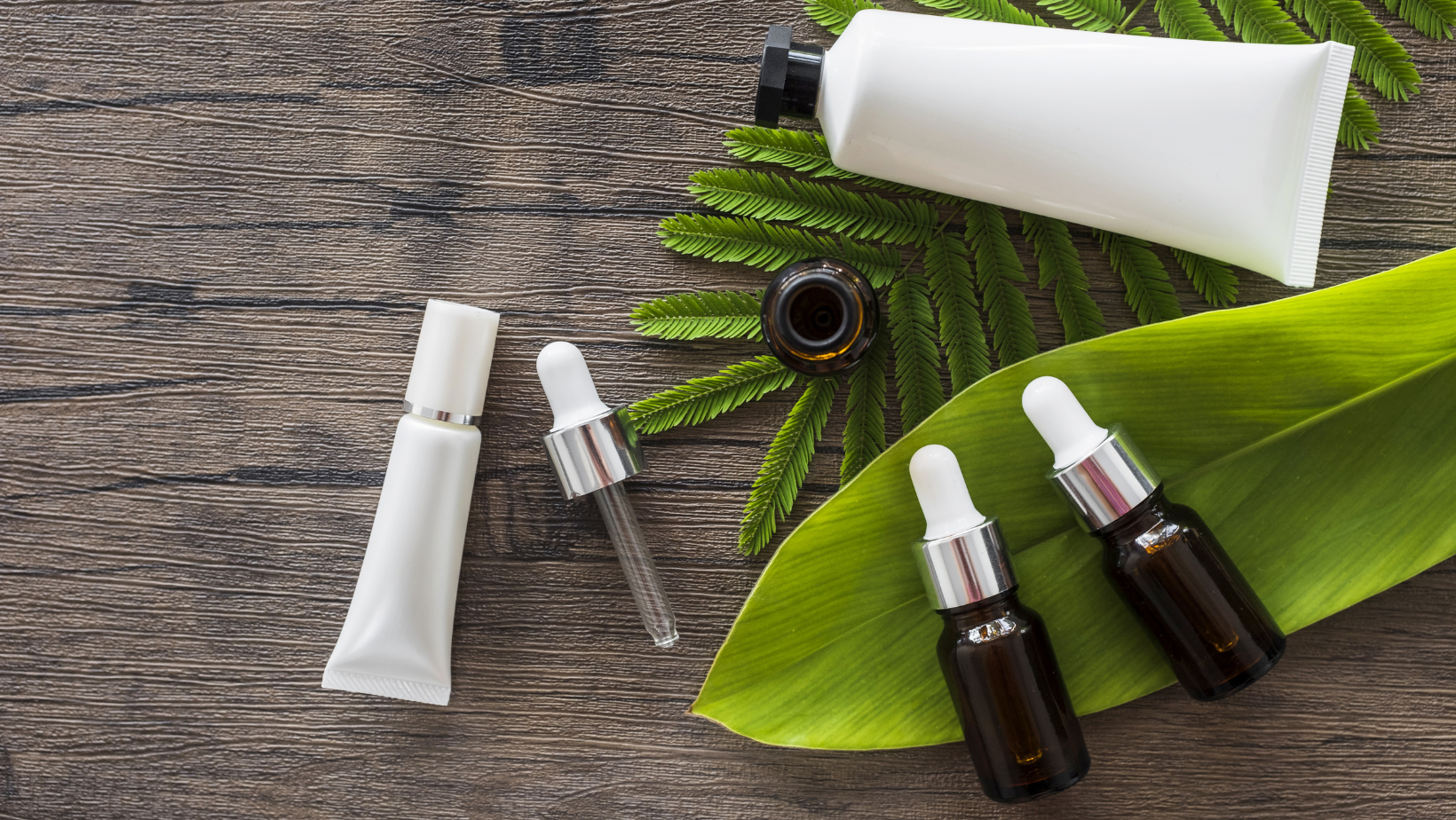FDA Postponement of MoCRA: Impact and Insights for the Beauty Industry
The Modernization of Cosmetics Regulation Act of 2022 (MoCRA) was set to mark a regulatory renaissance for the beauty industry, promising transparency and safety in a market long shrouded by proprietary secrets. However, with the FDA’s recent announcement delaying MoCRA’s enforcement, beauty brands are grappling with both relief and uncertainty.
MoCRA is more than overdue diligence; it’s a response to a century’s call for reform. This act empowers the FDA with unprecedented authority to scrutinize product ingredients, issue recalls, and enforce disclosures of fragrance components previously protected as trade secrets. The initial compliance phase requires brands to disclose product details and manufacturing locations.
The extension is a double-edged sword, offering time yet inviting potential legal challenges
The delay to June 2024, while giving brands a breather, doesn’t exempt them from compliance. Rather, it underscores the need for diligent preparation. Amidst this postponement, the pressing question for many, especially small businesses, remains: How will MoCRA categorize and impact eye makeup producers?
Eye makeup, a staple in cosmetic arsenals, stands at the intersection of beauty and risk, necessitating stringent scrutiny. The FDA’s ambiguity in categorization leaves smaller enterprises like Genie Supply in limbo, debating whether to continue their eye product lines. The industry’s giants and green beauty pioneers alike shared this sentiment during a recent FDA town hall, emphasizing the need for clear, equitable processes.

The extension is a double-edged sword, offering time yet inviting potential legal challenges. Notably, the FDA clarified that eye-related products like mascara, eyeliners, and even eye shadows fall under the act’s purview, dismissing size-based exemptions. While this clarity is a step forward, the added compliance complexity could stifle innovation and strain resources, particularly for smaller brands.
The FDA’s hesitance to comment further on labeling requirements and adverse event reporting mandates intensifies the confusion. With legal implications potentially hanging in the balance, companies are advised to prepare for original deadlines regardless of enforcement delays.
The shadow of past incidents looms large, with recalls of contaminated eye drops and settlements over harmful pigments fueling the fire for regulation. These cautionary tales pave the path for MoCRA’s necessity, advocating for a safer consumer landscape.
In conclusion, the FDA’s delay on MoCRA enforcement is not a signal to pause but to proceed with prudence. As brands navigate this interregnum, they must balance compliance with commercial viability, ensuring that innovation doesn’t eclipse safety. The beauty industry must rise to the occasion, aligning operations with the forthcoming standards to safeguard its future and fortify consumer trust.

